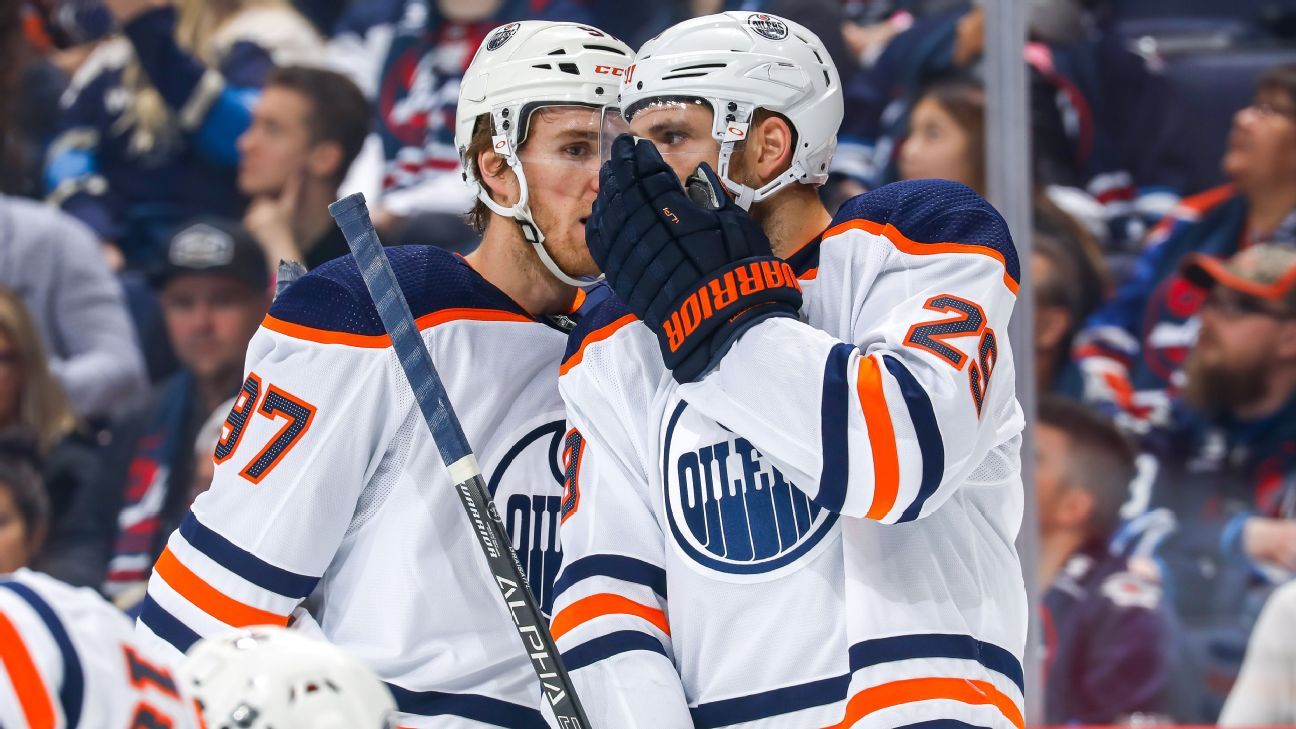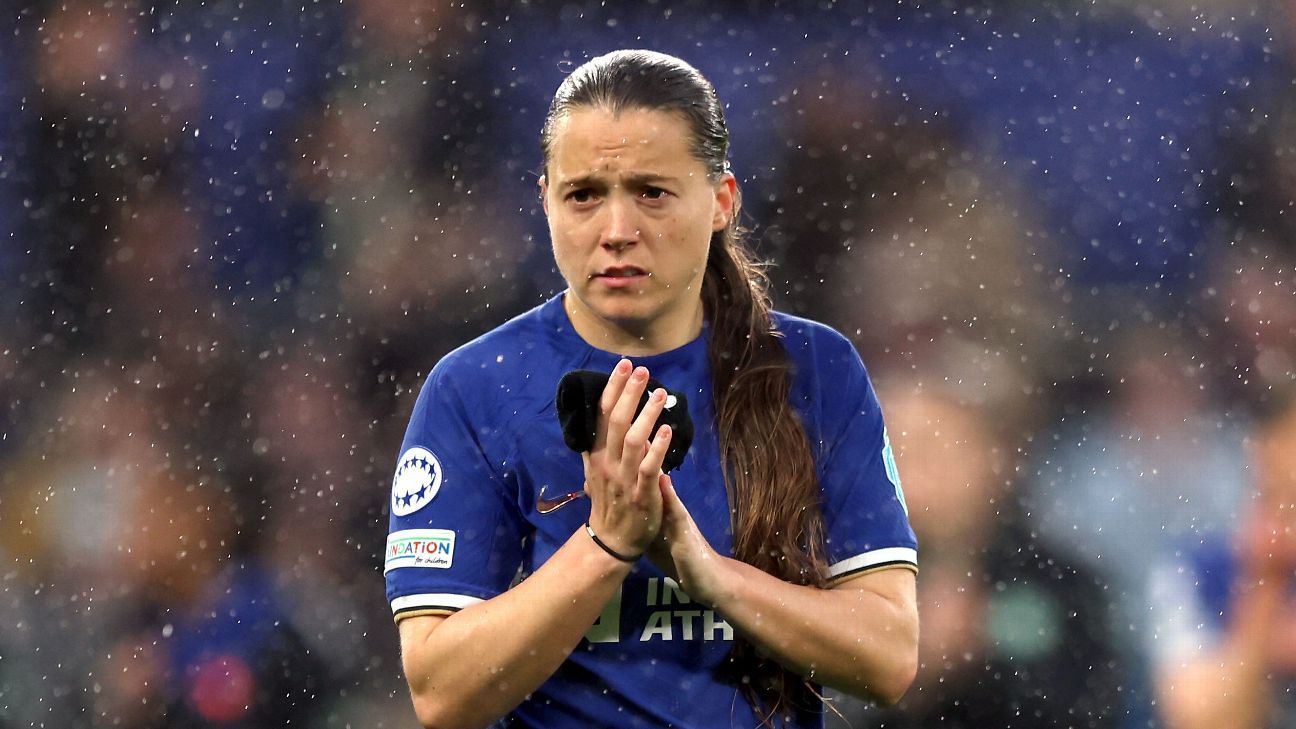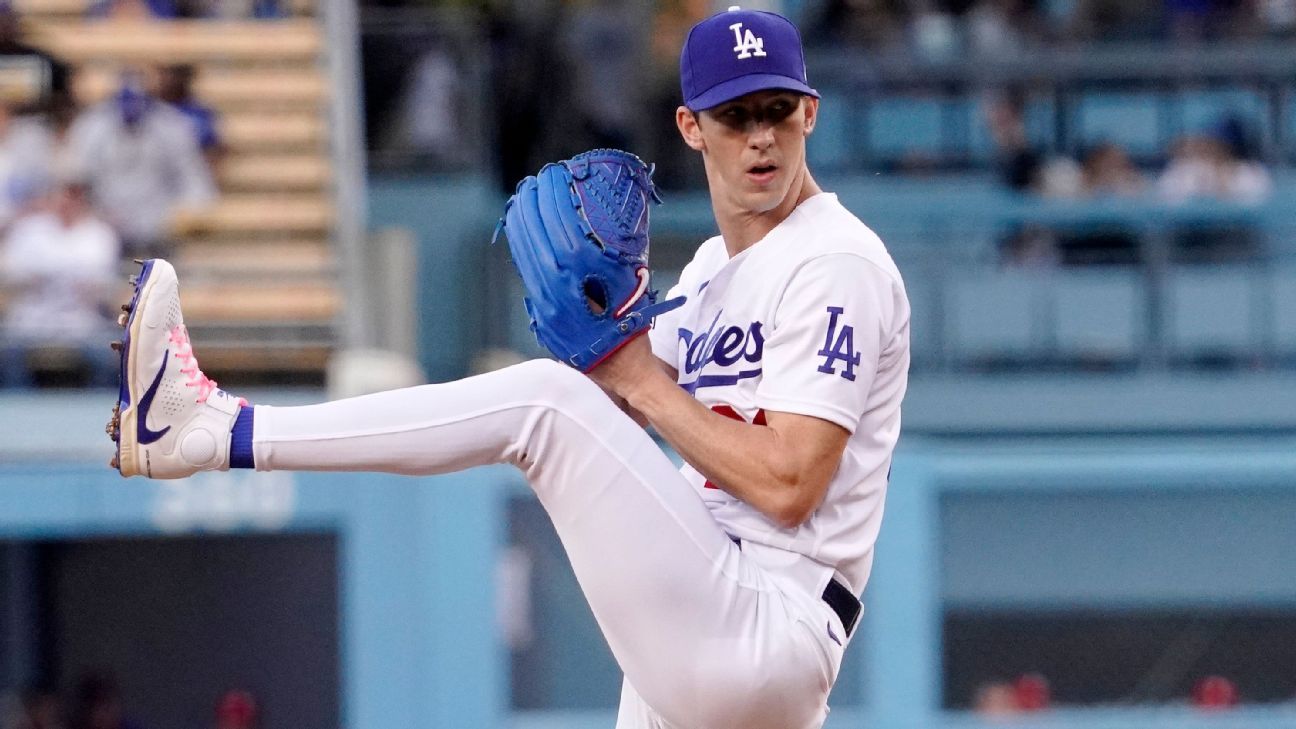
An exercise I do every season is looking at which players played the biggest role in their team's overall offensive production. While the raw list of scoring leaders is a good starting point and features a collection of the league's most prolific offensive players, it also doesn't necessarily tell the full story.
Taking it at face value without any additional context implies that all points are equal, and all situations are the same; we know that's not always the case. Look at last season's Tampa Bay Lightning, who were a historically great offensive team by any discernible measure. They were so loaded that it seemed like their players could roll out of bed on game days and accidentally stumble into 20 goals and 50 points by season's end. Playing in that kind of environment will artificially inflate a player's production, if only because it increases the likelihood of them being on the ice when their team scores a goal (in turn increasing their opportunities to factor into scoring plays and draw a point).
Not everyone is so fortunate, and there are other teams in which goals are much harder to come by, whether it's because of the talent level, the system and style of game they choose to play, or a combination of the two. To account for those discrepancies, we can level the playing field somewhat by doing two things:
Trimming the fat by removing secondary assists from the equation. This leaves us with goals scored and primary assists. We can lump the two into a new category called "goals created," which is the equivalent of primary points.
Taking the number of goals created by every player, and dividing them by the total number of goals their team scored as a group to reflect the percentage of goals for which the player was responsible.
The added benefit of doing this is it also sheds extra light on not just the individual players, but the respective teams they play for as well. While it's a nice luxury to have star players who can do the heavy lifting all by themselves, if they're constantly having to do it, it speaks volumes about the supporting cast around them.
Let's sort through the list of players who have been carrying their teams the most offensively thus far, and dig into some of the most notable takeaways. Data is up to date as of Tuesday night's games, and is courtesy of Natural Stat Trick. Click here to jump straight ahead to the current top 20.
The Oilers' dynamic duo
The internet is a place where you'll find no shortage of hyperbolic statements. But in this case, it's almost impossible to overstate the magnitude of Connor McDavid and Leon Draisaitl's combined performance this season. What they've been turning into a routine each game is almost unheard of, both in terms of how dominant they've been offensively as a tandem, but also the degree to which their team leans on them to keep producing.
When it comes to the percentage of a team's goals an individual created in a given season, there have been a select few to surpass 35% since 2007-08 (which marks the de facto beginning of the analytics era). Both McDavid and Draisaitl joined the list last season, with the former becoming the new gold standard:
Connor McDavid: 42.79% of Oilers' goals in 2018-19
Alex Ovechkin: 42.44% of Capitals' goals in 2007-08
Ilya Kovalchuk: 37.20% of Thrashers' goals in 2007-08
Patrick Kane: 36.75% of Blackhawks' goals in 2015-16
Steven Stamkos: 36.6% of Lightning's goals in 2011-12
Leon Draisaitl: 36.2% of Oilers' goals in 2018-19
Steven Stamkos:: 36.2% of Lightning's goals in 2009-10
Sidney Crosby: 35.2% of Penguins' goals in 2009-10
Evgeni Malkin: 35.2% of Penguins' goals in 2011-12
Evgeni Malkin: 35.0% of Penguins' goals in 2007-08
The crazy thing is that Draisaitl is currently on pace to smash that clip, sitting at 47.3% at the moment. For a player to put up these kinds of video game point totals, they'll usually need a certain amount of help in the form of seemingly unsustainable sky-high percentages, and Draisaitl is no different here.
He's converting 22.5% of the shots he's taking personally into goals, the Oilers are scoring on 17.3% of their shots as a team with him on the ice, and he's playing nearly 23 minutes per game on average. But if you're waiting for a complete regression from him, it's worth noting that last season he shot 21.6%, the Oilers shot 13.5% with him on the ice, and he played 22:35 per game. The sheer volume of all those figures is wild, but the fact that it's been going on for as long as it has opens the door that we may need to adjust our baseline for what a player of his unique ability and situation can do.
Even if Draisaitl doesn't keep this up, his early performance has been important for other reasons beyond just the obvious ones. He isn't just showing that last season wasn't a fluke, he's also proving that his success is more than just a product of playing with the best player on Earth. The additional space McDavid's speed and ability create certainly don't hurt, but Draisaitl is cementing the idea that he's a superstar in his own right. His contract (eight years, $68 million, signed in 2017) has gone from a debatable one at the time of signing to a total home run, and he has silenced any concerns about whether he and the team would be better off if he were playing down the middle on his own line. It's a discussion that will surely be reopened if the Oilers can't eventually improve their depth moving forward, but for now, he's been so effective that it's a moot point.
With McDavid and Draisaitl on the ice, the Oilers are the best team in the league and can trade punches with any combination of players an opposing team puts in their way. The two of them have shared the ice for 316:37 five-on-five minutes this season, and Edmonton is up 25-13 on the scoreboard in that stretch of time. In the other 645:43 when they're off the ice, the Oilers are down 23-15 -- among the worst teams in the league.
While it has been an incredible sight to see, it's also a dangerous game that the Oilers are playing over the long haul. They're fully invested in these two players for this season, but also many more to come. It's fair to question whether there will be any lasting consequences down the road resulting from the burden they presently bear, and it's fair to wonder just how far Edmonton would plummet if either of them eventually slows down, gets hurt, or even simply starts looking like a mere mortal for any extended period of time.
How to cook 'Pasta' to perfection
There are so many things that make the Bruins' Perfection Line -- the best line in hockey -- special, and one of those is how each of them took wildly different paths in their respective career arcs to get where they are today.
For Patrice Bergeron, it's remarkable that he's aging like a fine wine, continuing to reinvent himself as a dangerous goal scorer in his mid-30s on top of his renowned defensive acumen. It's stunning that he's now considered one of the most reliable pillars in the league, considering how he teetered on the precipice of no return with head injuries over a decade ago.
Brad Marchand's evolution into becoming one of the most devastatingly lethal dual-threat playmakers in the game has been a development itself. It's fair to say that no one saw him reaching these lofty heights offensively back when he seemed destined to be a good, but not great, feisty middle-six winger for much of his 20s. He has been a statistical aberration, maintaining his efficiency as a shooter and point producer on a per-minute basis, despite his increased volume and exposure over the past few seasons.
That's what makes David Pastrnak's story unique, because compared to those two, he has followed a much more conventional early career path for a top prospect. Because of the unique circumstances of having two players with the unbelievably well-rounded skill sets of Bergeron and Marchand already in place, the Bruins have been able to bring Pastrnak along slowly.
Since he entered the league as an 18-year-old, they've progressed him deliberately, giving him more and more to chew with each passing season. He has earned each of those increased doses without any real hiccups, steadily improving in a uniformly upward trajectory, which isn't always a foregone conclusion when it comes to young players. He seemingly goes away each summer, and comes back from the lab with a new wrinkle to his game that makes him even more dangerous than he was before. He has done it yet again, taking his production to a whole new level this season:
2014-15: 18 goals created, 15.8% offensively responsibility
2015-16: 21, 14.1%
2016-17: 56, 25.7%
2017-18: 62, 23.2%
2018-19: 66, 32.4%
2019-20 (21 games): 31, 41.3%
It's scary to think that he's still 23 years old and hasn't been fully unleashed yet. His ability to convert from the left circle as a devastating one-shot scorer on the power play is already well established, but this season he has continued to expand his arsenal by creating on the rush and dazzling with improved puck-handling skills.
At this rate, the sky's the limit for Pastrnak, and the Bruins are now well positioned to hand the keys to the top line over to him as they dial back their older players' workloads as a means of preservation in the coming seasons.
MacKinnon putting the team on his back
It's interesting to think back to the 2017-18 season, when Nathan MacKinnon fell just short of the Hart Trophy because certain voters deemed his linemates to be too good to justify labeling him as the most valuable player. It's a fair argument in the sense that he didn't have to do as much of the heavy lifting as Taylor Hall did (or even Connor McDavid did before Leon Draisaitl exploded), but where it falls short is that it doesn't necessarily mean that he couldn't if the opportunity arose.
With Gabriel Landeskog and Mikko Rantanen on the shelf for an extended period of time this season, MacKinnon has taken full advantage to showcase his solo act. In the nine games without either of his usual linemates, he has casually produced the following on his line with Joonas Donskoi and Matt Calvert:
21:01 ice time per game
7 goals
9 assists
62 shots on goal
97 shot attempts
8 penalties drawn, 2 penalties taken
Avalanche outscoring teams 16-10 in five-on-five minutes with him on the ice
We've seen the full array of moves in his tool box along the way. There was the breakaway goal against the Jets in which he flashed his supernatural ability to accelerate, taking a seemingly harmless sequence deep in his own zone and turning it into a mad dash in the blink of an eye. There was the overtime winner against the Canucks in which he showed his ability to beat a goalie cleanly with his shot. It's strange to think that he was just an 8.1% shooter over his first four seasons in the league with that kind of a release, but it also shows his growth as a player; he's shooting 12.4% since then, thanks to some combination of better luck but also better decision making.
We've seen many examples of the adjustments he has made to his game in the past couple of seasons, which have allowed him to turn his endlessly tantalizingly raw skills into legitimate results. He has now found a nice harmony between the mental and physical components, figuring out when to pick his spots. He strategically slows down in transition, pushing defenders back and allowing passing lanes to open as he looks to hit open teammates. It's counterintuitive, but by slowing down he has only gotten faster, in a way. Mixing in different speeds and looks has thrown opposing defenders and goalies off balance, allowing him to better maneuver his way around the ice as he looks to get to his favorite spots. When the opportunity presents itself and he needs to turn on the jets, he clearly still can.
It's not ideal for the Avalanche to rely on him to carry the team to this degree if they're going to realize their preseason hype as Stanley Cup contenders, but they won't need to once Rantanen and Landeskog are back healthy. The fact that this stretch has a clear end date to it makes it even more enjoyable, because we can savor it for as long as it will last: It's a bonafide superstar flexing his muscles and putting his team on his back when they need him most.
Turning defense into offense
Defensemen not named Brent Burns typically don't score many goals, which means they generally get short shrift on lists like these. It doesn't help the cause that a blueliner's main role on a traditional offensive flow chart is to kick-start the attack with breakout passes, which leads to a higher percentage of secondary assists. So let's give them their own special category here, and look at those who have been the most actively involved in scoring plays thus far:
John Carlson, Capitals: 23 goals created, 26.7% offensive responsibility
Dougie Hamilton, Hurricanes: 18 goals created, 24.7%
Victor Hedman, Lightning: 13 goals created, 20.3%
Miro Heiskanen, Stars: 11 goals created, 19.7%
Cale Makar, Avalanche: 14 goals created, 18.4%
Roman Josi, Predators: 13 goals created, 18.3%
Brent Burns, Sharks: 11 goals created, 17.7%
Alex Pietrangelo, Blues: 11 goals created, 16.9%
Matt Dumba, Wild: 9 goals created, 15.8%
Kevin Shattenkirk, Lightning: 11 goals created, 15.6%
Ryan Ellis, Predators: 11 goals created, 15.5%
Mark Giordano, Flames: 9 goals created, 15.0%
Keith Yandle, Panthers: 11 goals created, 14.8%
Erik Karlsson, Sharks: 9 goals created, 14.5%
John Carlson certainly deserves to be the front runner for the Norris Trophy based on his play early on. He has been absurdly productive, and even if he won't keep scoring on 12.1% of his shots, there should be a steady dose of scoring in his future if the Capitals keep using him the way they have. What's notable is that despite his 25:09 of average ice time (ninth among all players), he doesn't lead his own team in five-on-five usage (Dmitry Orlov does). That overall number is boosted significantly by the way the Capitals wisely coordinate their power plays, as they only really run the one top unit as opposed to splitting the time up between two, as some other teams do.
Spending north of four minutes per game quarterbacking that man advantage is quite a cushy spot, but Carlson is perfectly suited for it. He's masterful when it comes to using shot fakes and particular angles to help funnel the puck to Alex Ovechkin in his office. Fans are often left scratching their heads wondering why the opposing penalty kill allowed the puck to get to Ovechkin in the first place, and the reason is Carlson's crafty tricks from the point don't typically give them much choice.
The other name firmly in the Norris discussion, putting up eye-popping offensive numbers from the blue line is Dougie Hamilton, who is rewarding all of his supporters who begged and pleaded for him to get more opportunities to shine over the years. Similar to Carlson, while his 23:09 average ice time is a massive uptick from the 19:40 he was playing last season, he's actually playing just four more seconds per game at five-on-five. The difference has come primarily on special teams, where he has gone from playing 15 seconds per game on the penalty kill and 1:53 per game on the power play to 2:05 and 2:54 respectively this season. Justin Faulk is a fine player in his own right, but if his departure is what it took to embolden the coaching staff to fully unleash Hamilton on the competition, then Faulk's trade to St. Louis this offseason was an addition by subtraction for the Hurricanes.
Considering that the Hurricanes continue to crush it with Hamilton on the ice at five-on-five -- with 57.3% of shot attempts, 59.7% of high-danger chances and 58.2% of expected goals, and outscoring opponents 17-11 in actual goals -- you could argue he should start playing even more there as well. But the Hurricanes are deep enough on the blue line to go with a more balanced approach, especially if he's going to keep being deployed as such a weapon on special teams.
The top 20 in offensive responsibility through Tuesday's games
1. Leon Draisaitl, Oilers: 35 goals created, 47.3% offensive responsibility
2. Connor McDavid, Oilers: 31, 41.9%
3. David Pastrnak, Bruins: 31, 41.3%
4. Brad Marchand, Bruins: 27, 36.0%
5. Patrick Kane, Blackhawks: 22, 34.9%
6. Elias Pettersson, Canucks: 22, 32.4%
7. Jack Eichel, Sabres: 19, 32.2%
8. Anze Kopitar, Kings: 17, 32.1%
9. Nathan MacKinnon, Avalanche: 24, 31.6%
10. Anthony Mantha, Red Wings: 17, 31.5%
11. Auston Matthews, Maple Leafs: 22, 30.6%
12. Jonathan Huberdeau, Panthers: 23, 30.3%
13. Matthew Tkachuk, Flames: 17, 28.3%
14. Travis Konecny, Flyers: 17, 28.3%
15. Max Pacioretty, Golden Knights: 19, 27.5%
16. Evander Kane, Sharks: 17, 27.4%
17. John Carlson, Capitals: 23, 26.8%
18. Alex Ovechkin, Capitals: 23, 26.8%
19. Oskar Lindblom, Flyers: 16, 26.7%
20. David Perron, Golden Knights: 17, 26.2%















 Phone: (800) 737. 6040
Phone: (800) 737. 6040 Fax: (800) 825 5558
Fax: (800) 825 5558 Website:
Website:  Email:
Email: 






